Khibiny Electronic Countermeasures System; Russia’s Secret Technology!
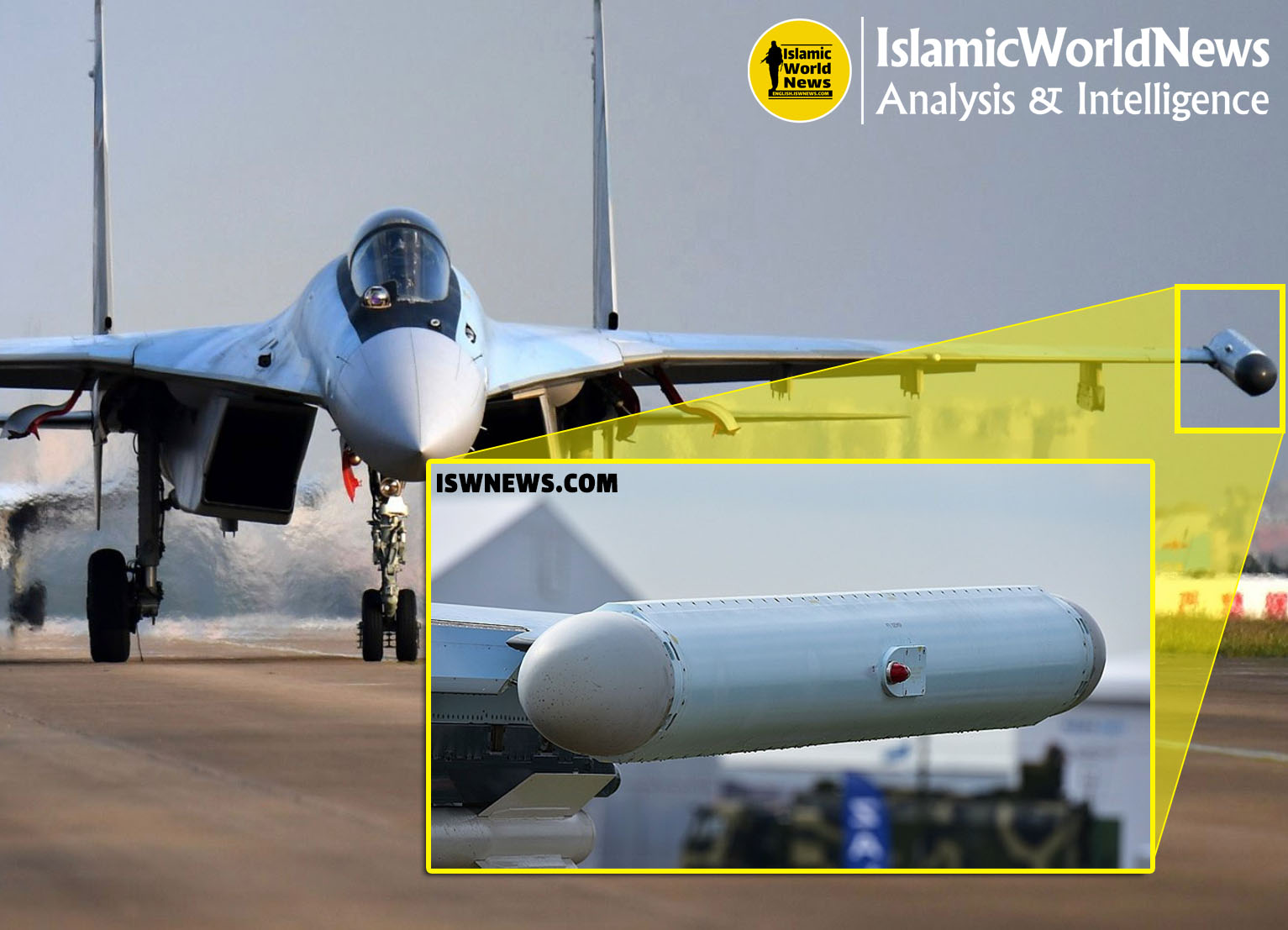
Khibiny is an Electronic Countermeasures (ECM) system that has been specifically designed and developed for the Sukhoi fighter jets of the Russian Aerospace Forces. As the name suggests, this system is used to interfere with radio waves and to counter and deflect the enemy’s tracking systems.
The advanced Khibiny ECM is usually in the form of two cylindrical pods that are mounted on the wing tips of the fighter jet, or in some models, two pods on the wing tips and one pod under the belly of the fighter jet, providing protection for the aircraft against threats. This system, after detecting a missile attack, creates a radio-electronic protective layer around the fighter jet, preventing the hostile missile from reaching its target and deflecting it from its course.
The history of this system’s development dates back to the Soviet Union era and the Kaluga Research Radio Engineering Institute (KNIRTI). In Russia, the main companies involved in the design and production of airborne electronic warfare systems are known as Concern Radio-Electronic Technologies (CRET in the Russian abbreviation). One of the most well-known and active companies responsible for the design of many of Russia’s current electronic warfare (EW) systems is the Kaluga Research Institute of Radio Engineering (KNIRTI). This institute produces a complete range of airborne electronic warfare systems, all derived from a common baseline (platform) and produced in various variants to suit the country’s fighter aircraft. This platform is referred to as Khibiny (the name of a mountain range in Russia) in Russian literature.
The initial design and development of Khibiny electronic countermeasures system took place from 1977 to 1990. In 1995, the first successful operational test of Khibiny electronic countermeasures system was conducted, and a second test was passed in 1997. Finally, in 2014, the Khibiny ECM was officially unveiled and put into operation on the Sukhoi-34, which was the main platform for the development of this pod.
The Khibiny system is available in several versions:
– L-175V Khibiny-10V (or L175B Khibiny-B) for Sukhoi-34
– L-175M Khibiny-10M for Sukhoi 33, 34 and 35
– L-265V Khibiny-10V for Sukhoi-34
– L-265 Khibiny-10М for Sukhoi-35S
– L-420 Khibiny-U for Sukhoi-30SM and Sukhoi-35S
Here are the key features of the Khibiny system as described in the Russian documents:
– Capability to detect and counter single or group threats against identified threat signals
– Active jamming by transmitting radar signals across a wide range of frequency bands, targeting up to four separate targets simultaneously
– Passive jamming by creating false thermal targets and dipole reflectors
– Launching anti-radar missiles towards emitting targets
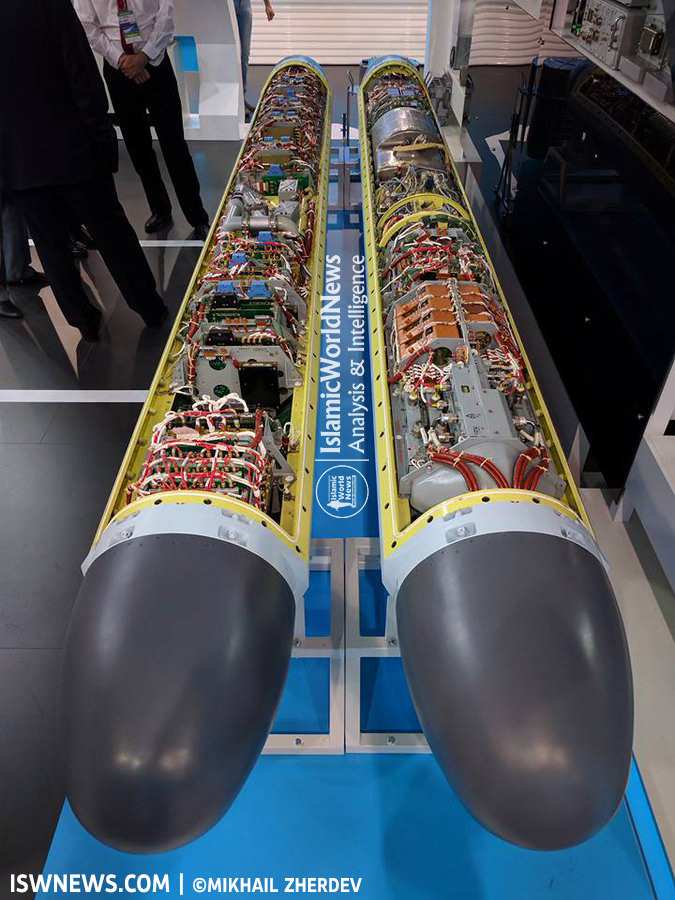
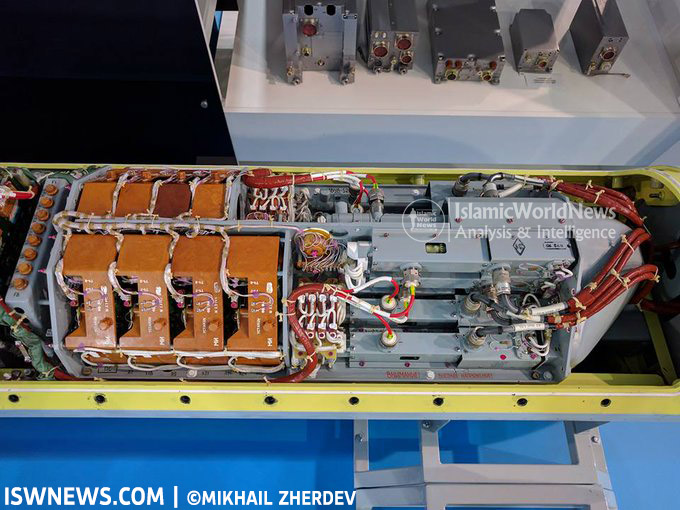
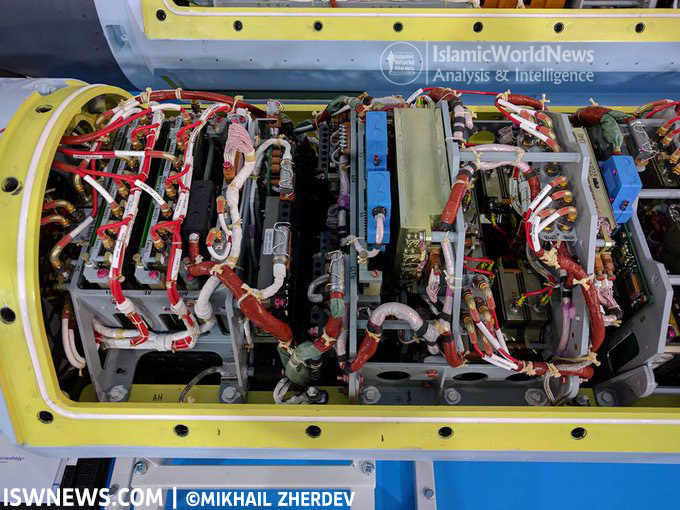


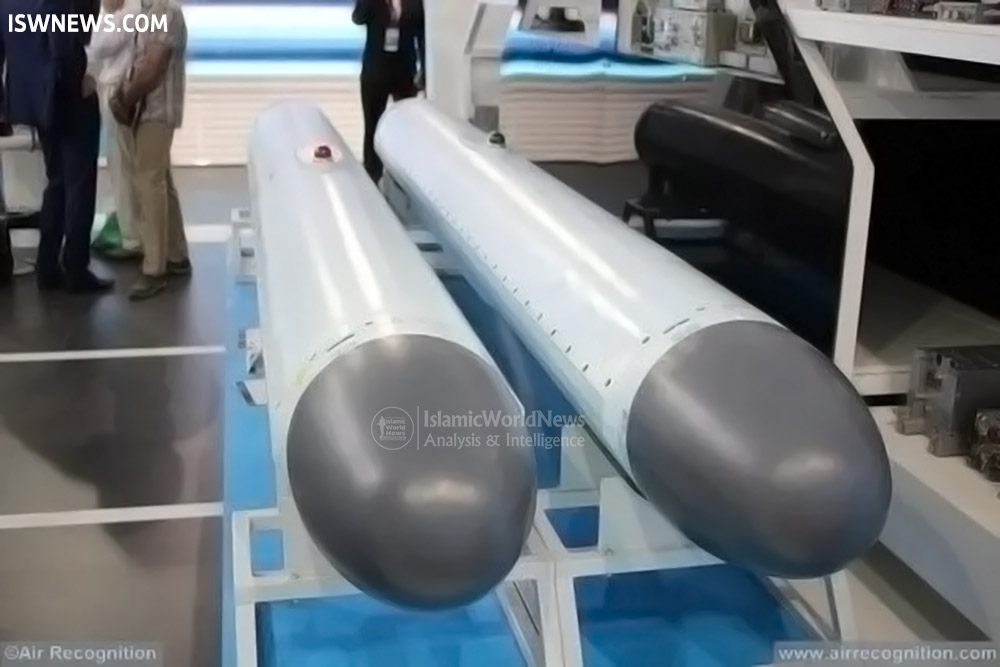
The Khibiny system suite is typically installed on the wing tips of advanced Sukhoi platforms like the Su-35S fighter, Su-34 bomber, and Su-30SM fighter. The first pod on one wing tip acts as a receiver to detect the enemy’s radio frequencies and emissions, while the second pod on the other wing tip generates countermeasure signals and misleads the enemy’s systems.
According to some Ukrainian and Belarusian experts, who are major utilizers of Russian systems, the older Khibiny variants have certain limitations. These include reliance on Digital Radio Frequency Memory (DRFM) in Russian electronic warfare designs, high output power that can potentially compromise the carrying aircraft, and overall size and cost compared to modern systems. These shortcomings are likely to become more apparent as electronic warfare techniques advance.
To address these issues and improve performance against emerging threats, Russia has updated the Khibiny electronic countermeasures system, introducing the latest Khibiny-U model, which is technologically more advanced compared to the Soviet-era versions.
The Khibiny-U electronic warfare complex, which has been developed for the Su-30SM and Su-35S aircraft, consists of the following components:
– RTU 518-PSM (SAP 518-SM) pod with an active jamming system, installed on the right wingtip.
– RTU 518-LSM1 (SAP 518-SM1) pod with a passive receiver to detect threatening electromagnetic spectrum emissions, installed on the left wingtip.
– KS REP system installed inside the fuselage behind the cockpit.
Additionally, SAP-14, SAP-134, or SAP-18 pod is usually installed under the aircraft’s belly to further complement the Khibiny-U complex.
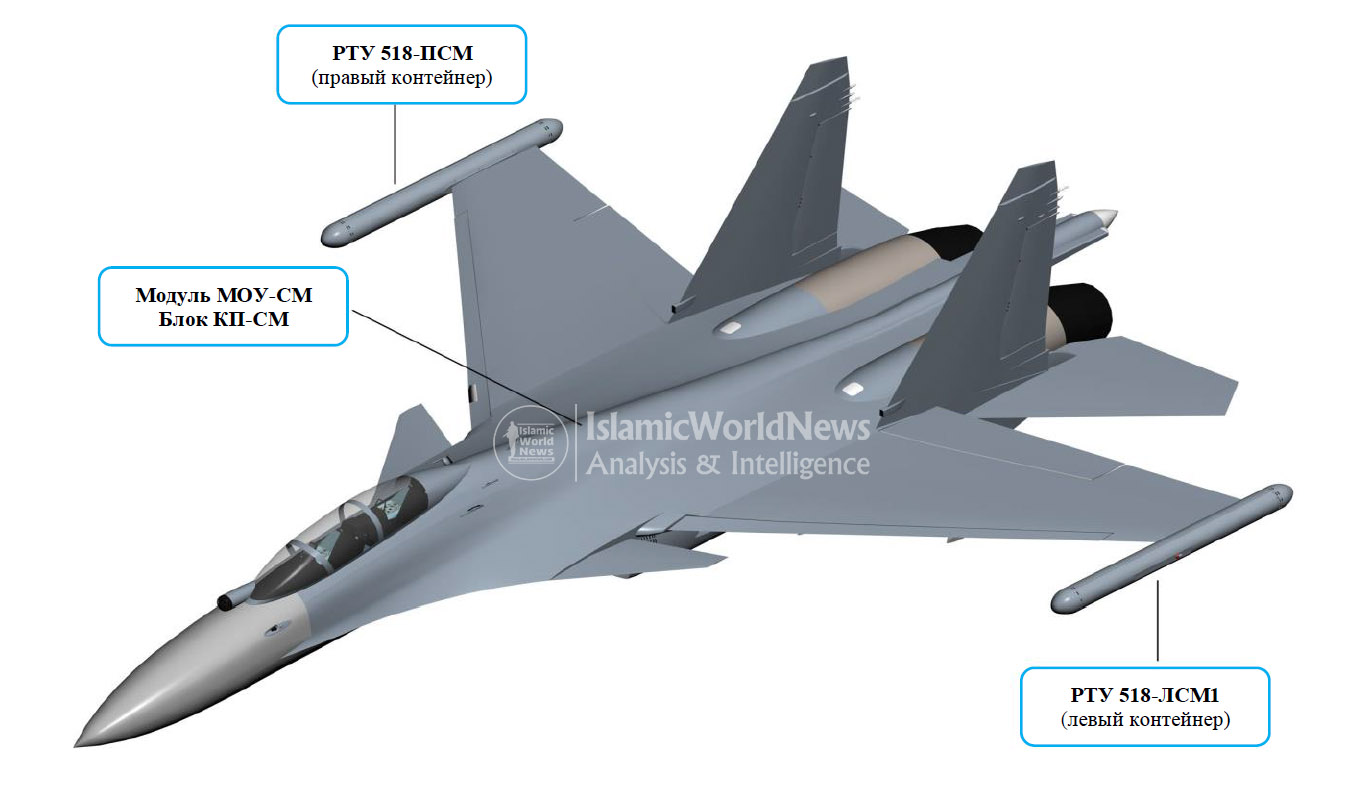
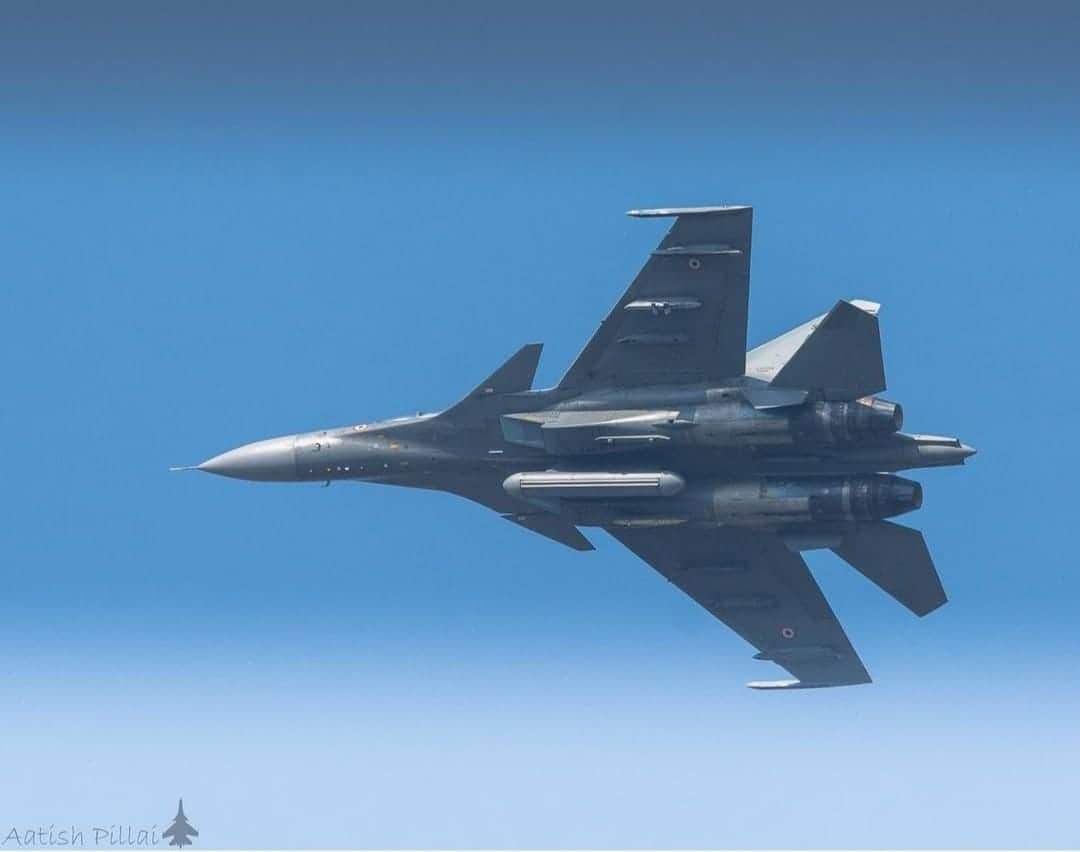
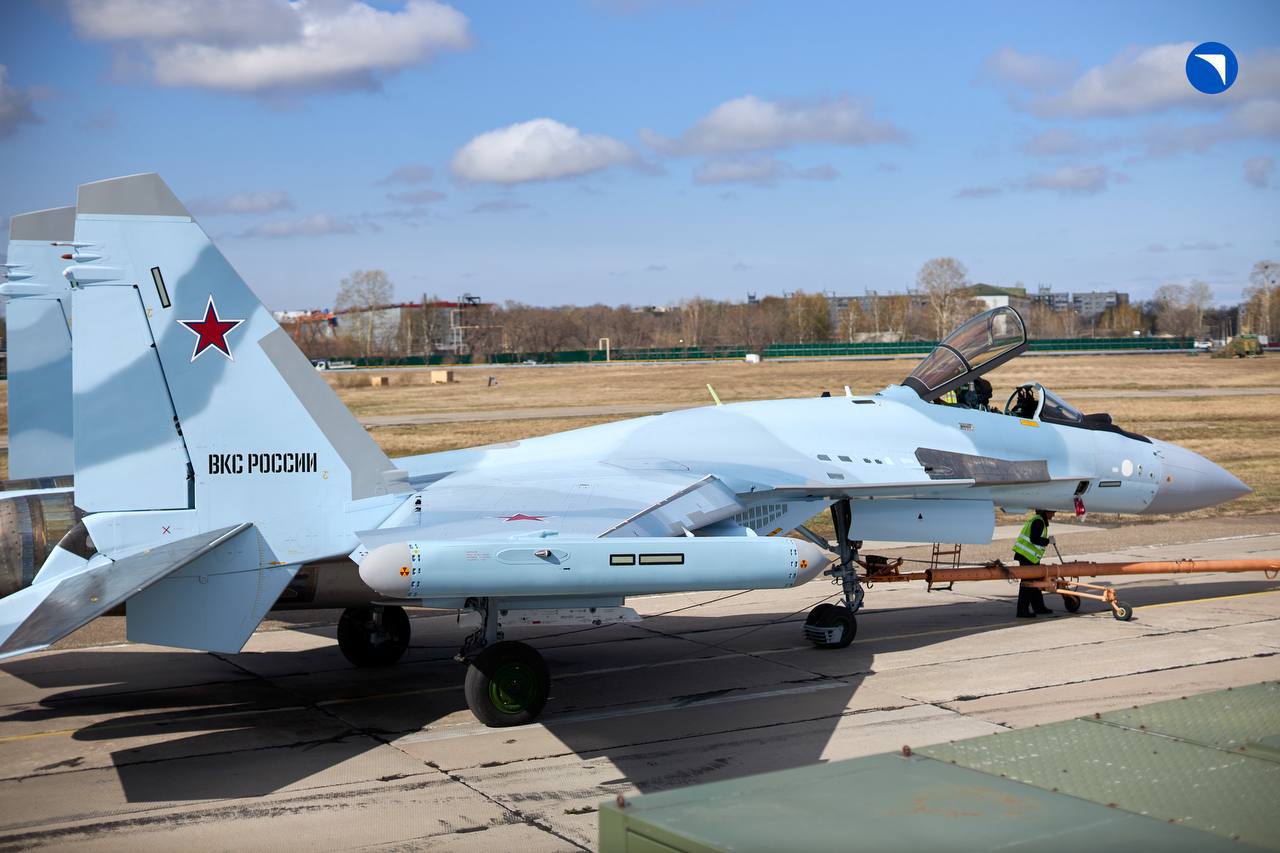
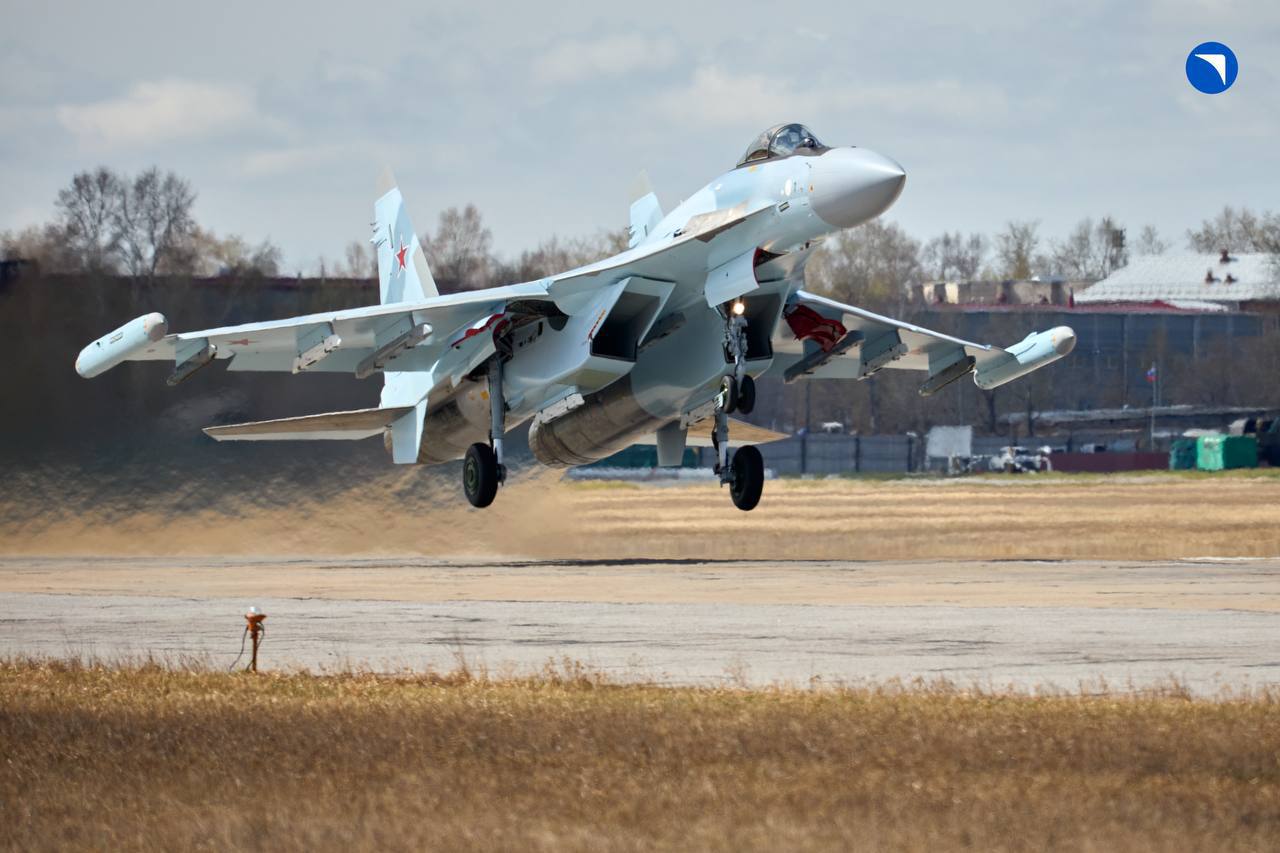
Read more:
Russian Army Received Two New Sukhoi-35 Fighter Jets
Military Knowledge: Sukhoi Su-35 Multirole Fighter Jet
According to Russian media outlets, the unveiling and completing of Khibiny-U significantly improved the electronic countermeasures system’s capabilities against enemy radars. The electronic countermeasures system greatly enhances the stealth capabilities of the Russian Aerospace Force’s fighter jets, making them highly resistant to NATO air defense systems for a wide range of operations.
In the development of Khibiny-U, the prototype versions were tested in Syria, utilizing the experience gained from the Syrian conflict. However, the real-world experience of the Ukraine war and field testing under more challenging conditions will provide even better opportunities to further improve and refine this system.
It is noteworthy that several Russian Su-30 and Su-35 fighter jets have been shot down by the Ukrainian forces and their allies during the Ukraine conflict. While this may reveal Russia’s military capability in this respect for NATO, these experiences will be highly valuable and influential for Russia in the future development of this system.
Source:
Khibiny
Russian EW Weaknesses Endure While Other Nations Innovate
Military.ir
Russia’s Electronic Warfare Advances Offers Stealth Capability for Fighter Aircraft
Ukraine Just Captured One Of Russia’s Most Capable Aerial Electronic Warfare Pods
Complex EW “Khibiny” miracle weapon of the Russian army




Comment